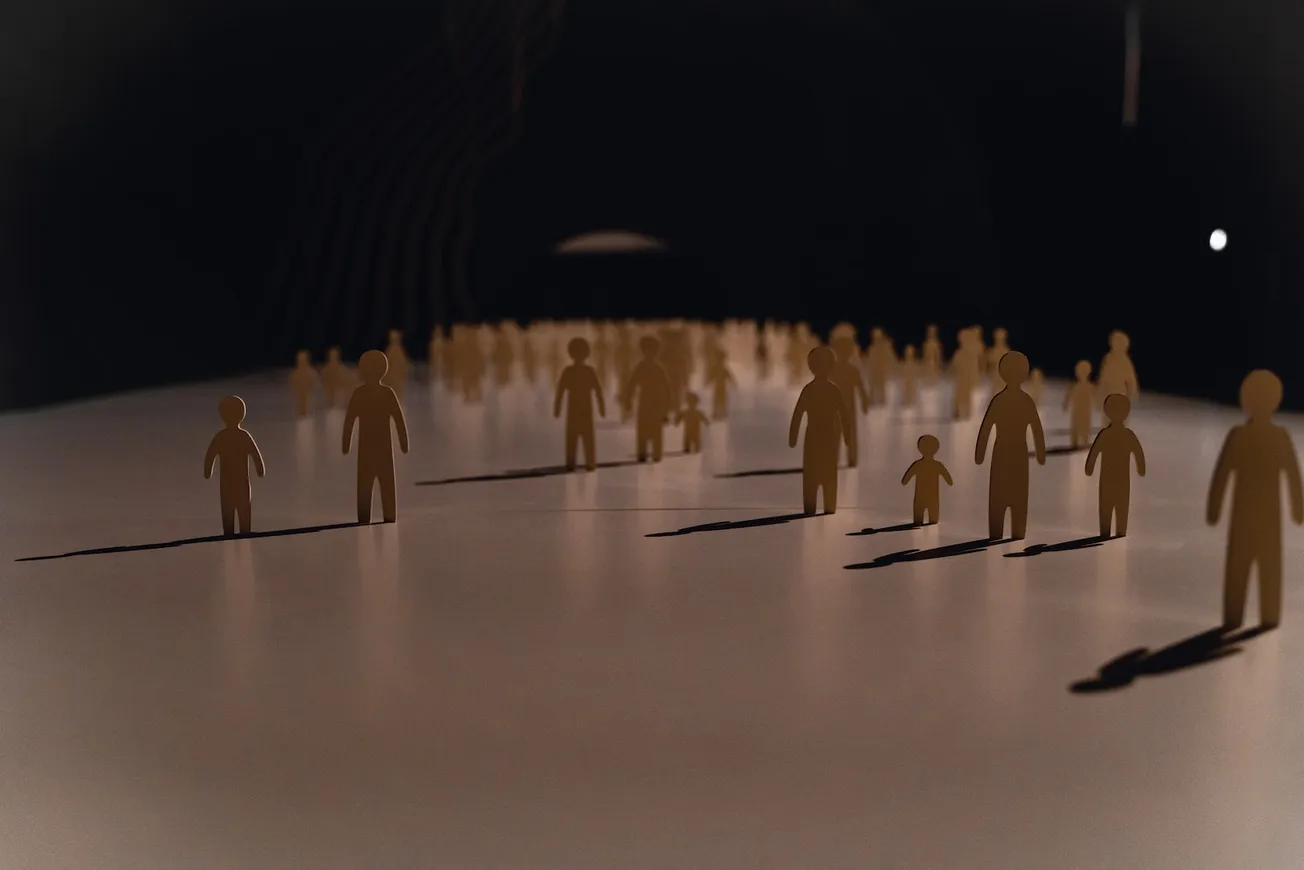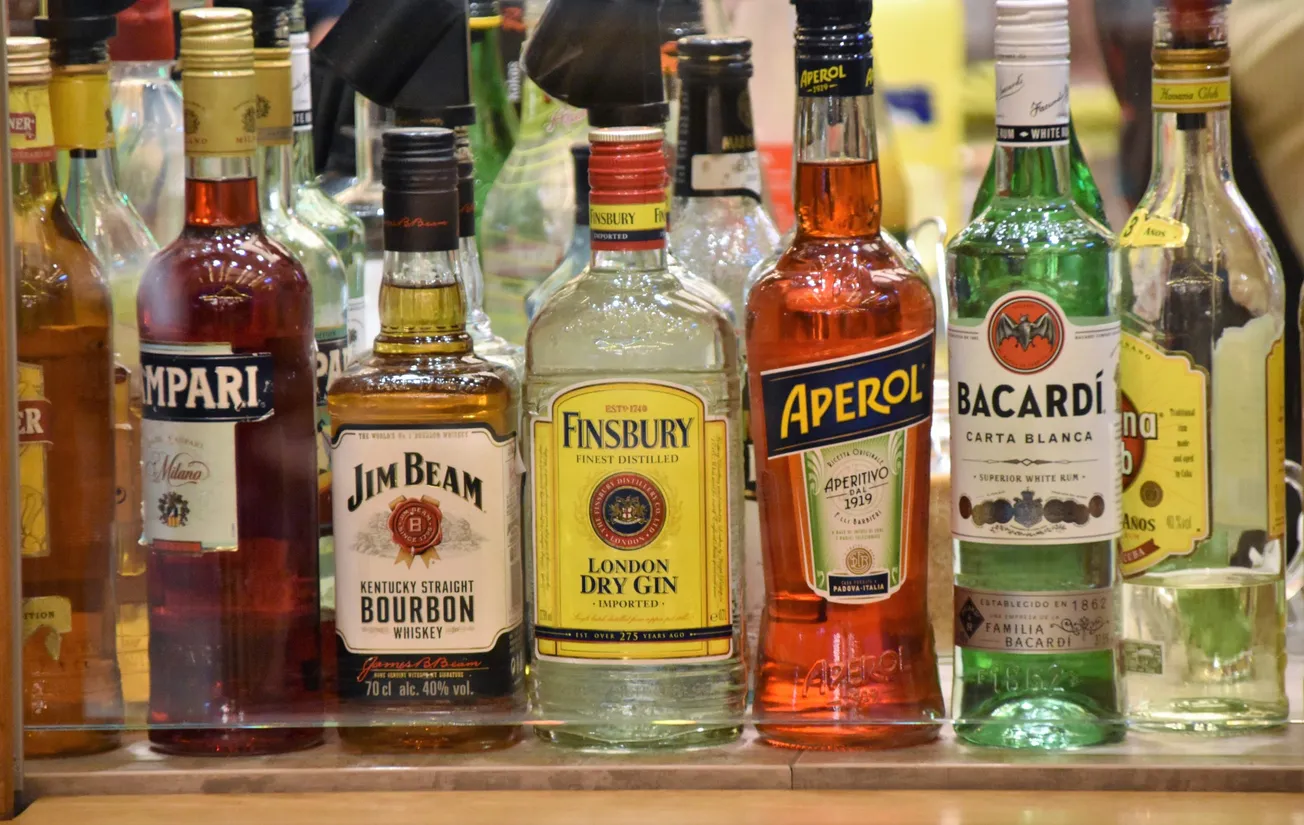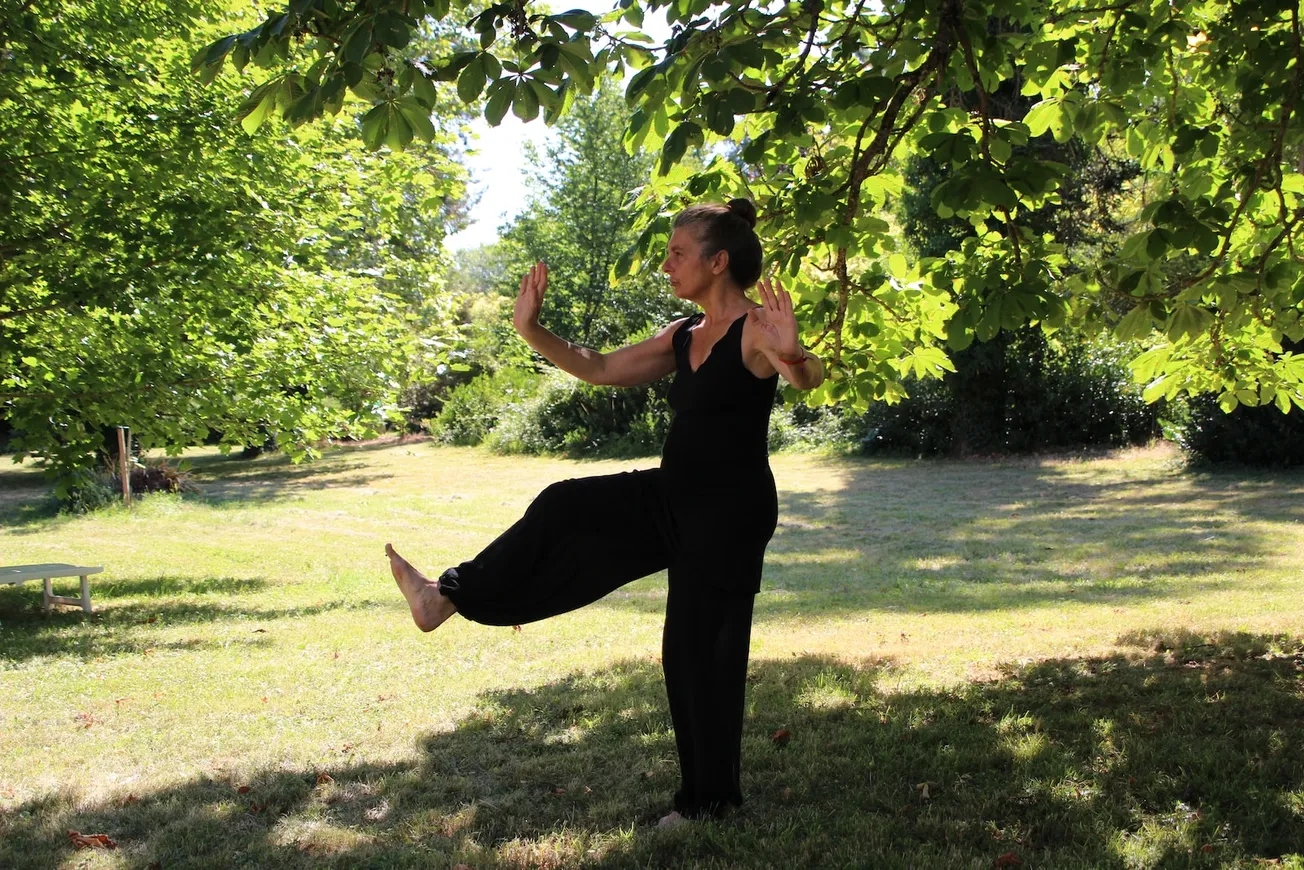Wanderer
Part IV: Living the Dream
The trailer was functional by May 2021 and I moved in. The layout pleased me but it was cold, so cold. Even with the insulation we had installed, the aluminium studs acted as heat sinks so the temperature outside become the temperature inside. I read somewhere that a fire heats the walls and the walls then keep you warm. Clearly, my walls needed work.
As I emptied the boxes from the storage unit into the shelves and racking inside the trailer, it became easier to keep warm. Those books became a wall a foot thick in effect, with excellent insulating properties. No need to burn them to keep warm, I just needed enough to line all the walls.
Apart from the temperature, it was and still is, a delight to live in. I wake up each morning and look forward to my day, descending the steps to the kitchen, making coffee then standing on a deck in the sun to wake up. In less pleasant weather, I sit on the couch and read: The BFD, of course.
It is impossible to separate the building of and living in my trailer from other events in my life so I will address these now and then leave them. In September 2021 I drove my truck and trailer over the Kaimais to Katikati, it was the first time I had ever driven the combination any distance and was an excellent introduction to heavy vehicle operating. I worked for a couple of months on an orchard (I have a 50 cc scooter I use to get around when not using the truck) then got the call to return to Wellington.
The huge advantage of living this way is that one can react at a moment’s notice; no leases to break, no phone or electricity accounts to cancel, nothing to box up and put into storage. Just “secure for sea”, unplug the power and drive. As it turned out, it was 72 hours before I could plug back into power, my 230V fridge and freezer were running through the inverter and I was pleasantly surprised to find this period had cost me a voltage drop of about half a volt.
I found a place to park it until the situation in Wellington became clear then found somewhere to store it where it stayed for the next 14 months. It was also the place where all the boxes from my late wife’s apartment went when we finished cleaning everything out. My mobile home became the repository of everything to be dealt with later… Everything.
In December last year (2022) I opened it up and was again pleasantly surprised. Only a few items of clothing were mould damaged and it appeared that the trailer had not leaked, despite the awful winter New Zealand had experienced. I secured everything and drove back to Katikati to park up for “summer” (no comment) and empty everything into the gazebo so I could actually move around and live in the trailer.
I had put the registration for the truck and trailer “on hold” for the duration so needed to get them both certified and registered before the drive up. I knew there was work that needed doing following the last CoF and work there was: new airbags, new brake adjusters, brake shoes and drums to be cleaned up, and other ancillary items. It was the pre-Christmas rush and the VTNZ Testing Station was not being nice; the first inspection failed because there was too much play in the driver’s door hinges. Parts for heavy vehicles are not cheap.
But it needed to be done so done it was. I put it all into the category of “cost of living like this”.
Having a separate truck and trailer has its benefits. Consider this when looking at vehicle types, do you really want to be driving, say, a 13m bus or a horse transporter truck to the supermarket?
Once detached I have a six tonne “car” that is 2.3m wide but has a wheelbase of only 3m, it turns on a dime. I take it shopping and just park in the supermarket car park. It has a sleeper space in it so one thing I am considering is building a deck that folds out and sits over the turntable. On the deck, I could pitch a tent and have a small table, chair and cooktop inside. Put roof racks on the truck and mount, say, a 150 litre water tank and pump and I can leave the trailer somewhere and go adventuring. I will, though, have to find a way to add weight so that I don’t lose traction in the drive wheels. I will still be restricted as to where I can go but 6 tonnes and 4 m long is a lot more mobile than 14 tonnes and 15 m long. It’s not urgent.
The trailer is functional, certainly not pretty, but everything works. There is space to sort out boxes (my main occupation at the moment) and having the three “spaces” is really important. More important than I had realised. One reason I bought the furniture trailer is that I could see that the different levels would demarcate the different living spaces and this has worked remarkably well: bedroom, kitchen, and lounge.
The trailer lacks natural light especially when the weather is bad. The temporary internal doors I put in are not weather tight so if it is raining I need to close the trailer doors. As mentioned in Part III, I will probably replace the temporary doors with heavy PVC “curtains” that zip closed. The original design included cutting windows but I have decided against that for the moment, I rather like the idea that from the outside it just looks like an old furniture trailer with a couple of things bolted onto the front. And nobody ever looks up so the small chimney for the fire goes unnoticed. But skylights will be needed at some point, especially in the bedroom area so I can circulate fresh air through there. The weather-tight PVC curtains will provide natural light to the kitchen and lounge.
Right now, it is like a house. I have shelves with things on them that, if I were to drive anywhere, would all end up on the floor. In fact, the first couple of times driving saw half the books on the floor; I have since worked out a better way of tying them in. But in the boxes, I found CDs and tapes and the CD and tape player. I have found papers I have written and papers yet to be read. There is enough order that I can find things again and with that order comes the desire to write and publish. I am starting to feel “at home” and that is a good thing.
I have given myself until Easter to get things sufficiently well organised that I no longer need to use the gazebo for storage, rather it will become an outdoor living area, and I can then do whatever I like. Move somewhere else, put it into storage again and go overseas to somewhere warm and stay put. It doesn’t much matter what happens, the key is to have the flexibility to do it and living mobile is showing me this is possible.
The next big project is to paint the outside. At the moment it is white and you can still see the lettering from its furniture removal days. It looks huge and just stands there like a big white wall, quite ugly actually. I will paint it Karaka (a black-green) which will both make it look smaller and also help it to blend into the background. It will also help to keep it a bit warmer as I’m not too worried about it overheating.
And I need to crawl underneath both units and apply a bit of wire brush and rust converter to the chassis and other bits and pieces.
As far as life in the trailer is concerned, like any house, it takes time to feel that it is lived in but it is starting to feel like home.
Can I see myself living anywhere else? For the first time in my life, the answer is “No”.









